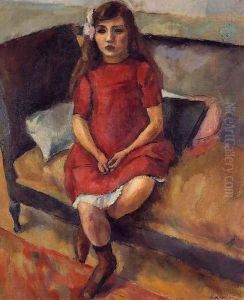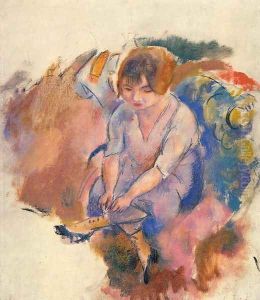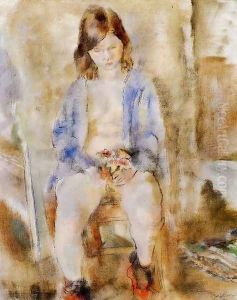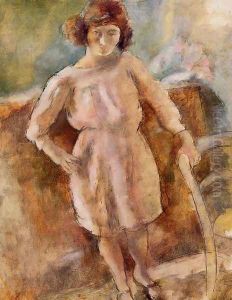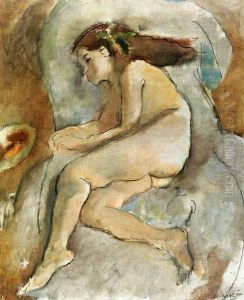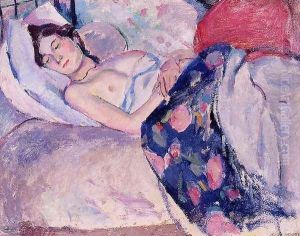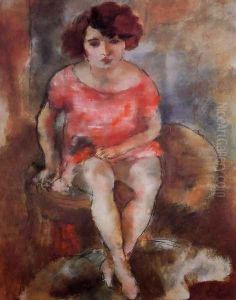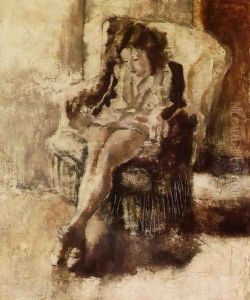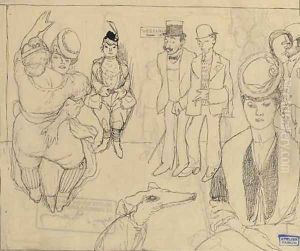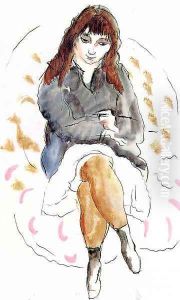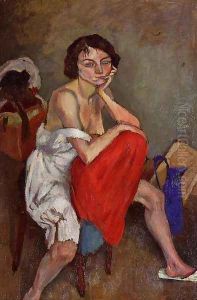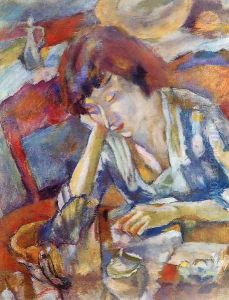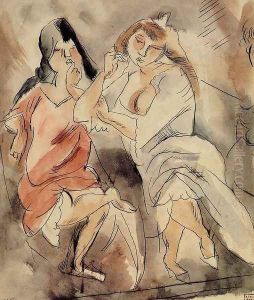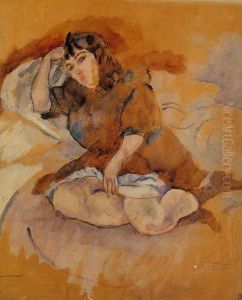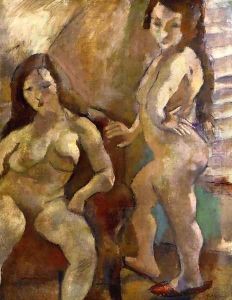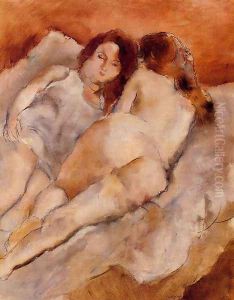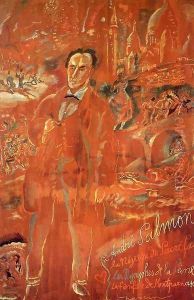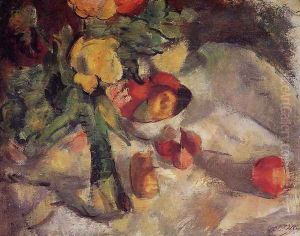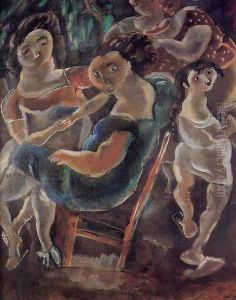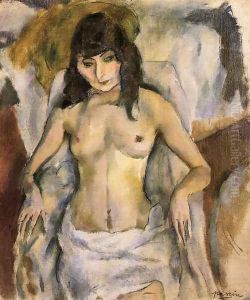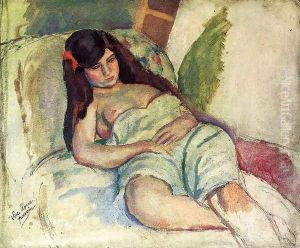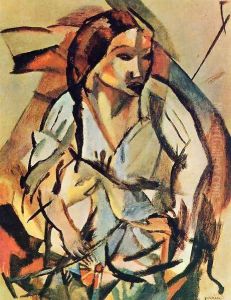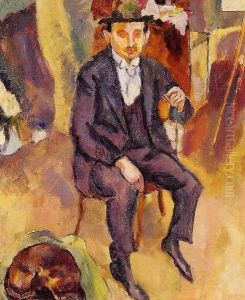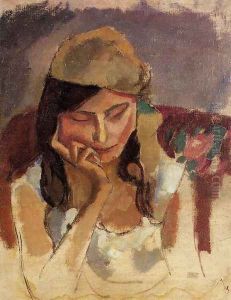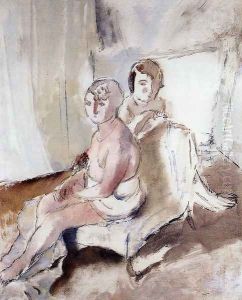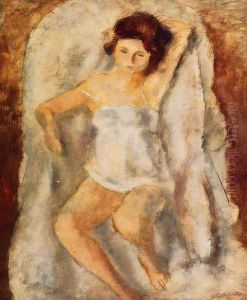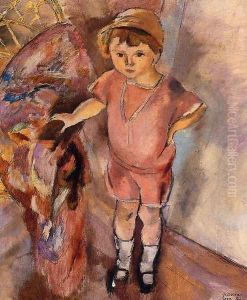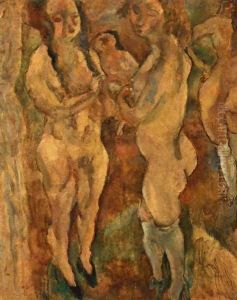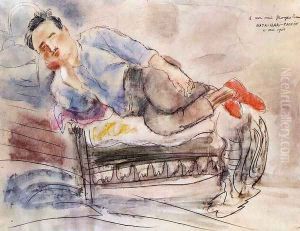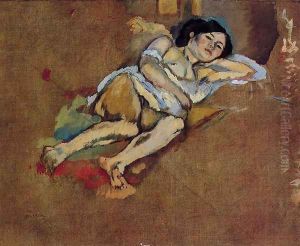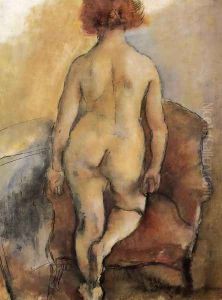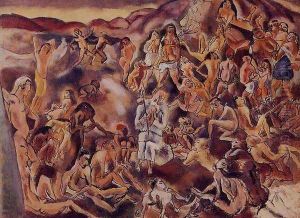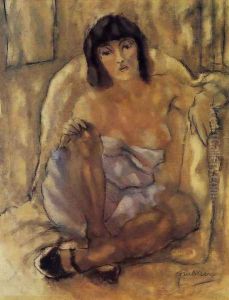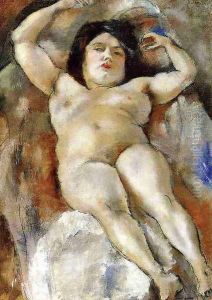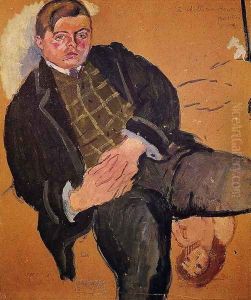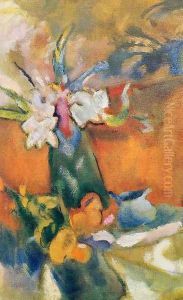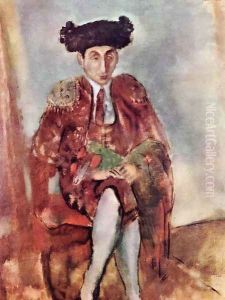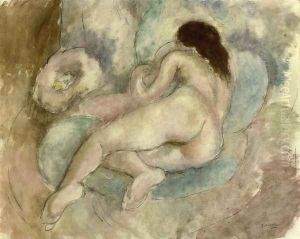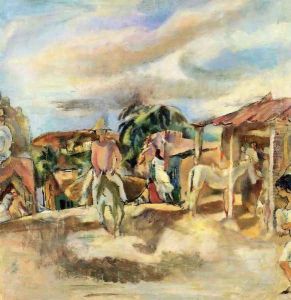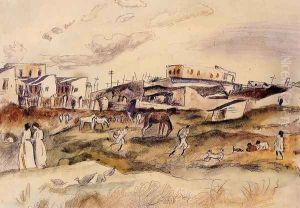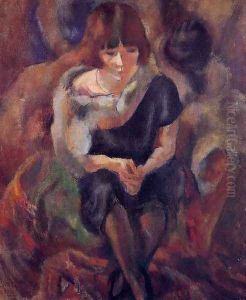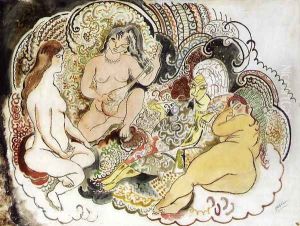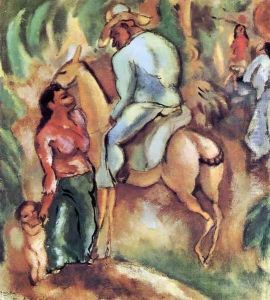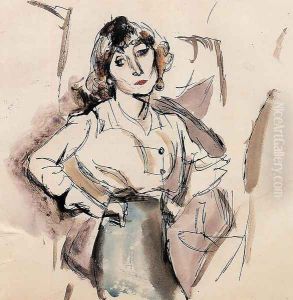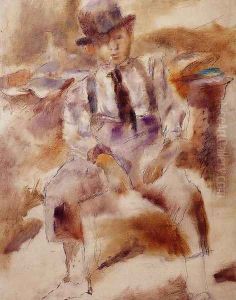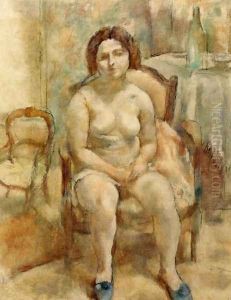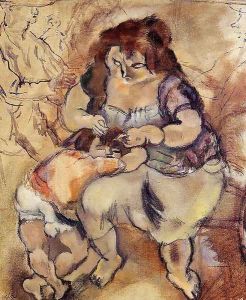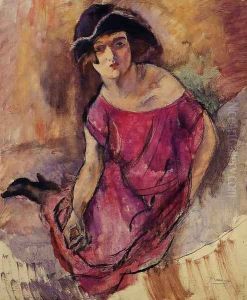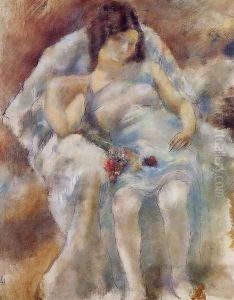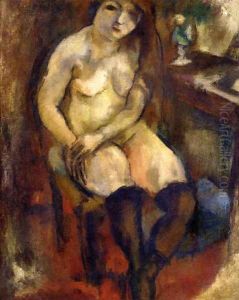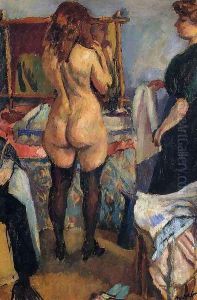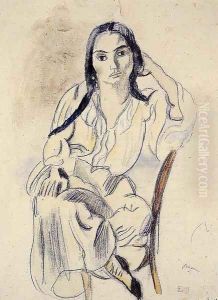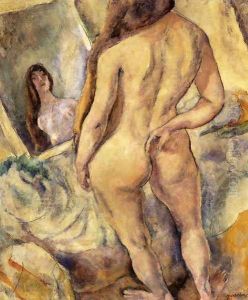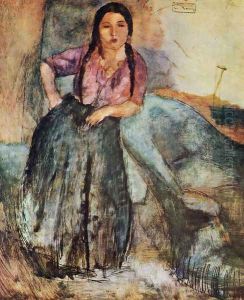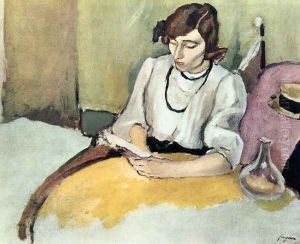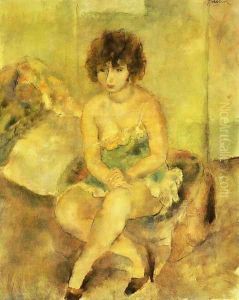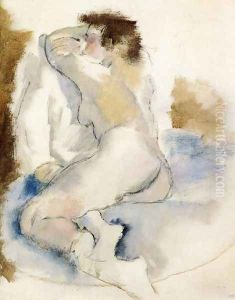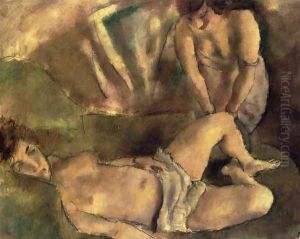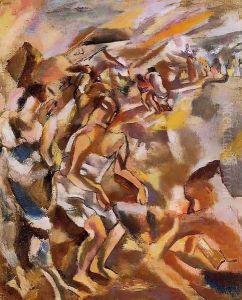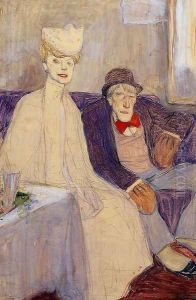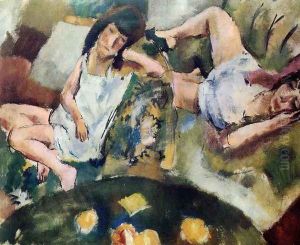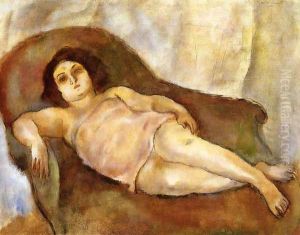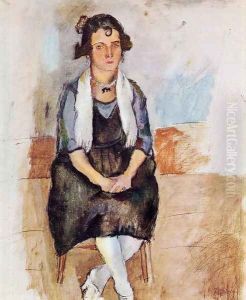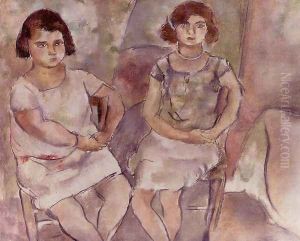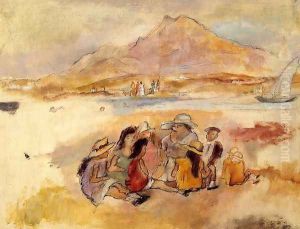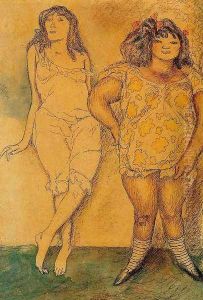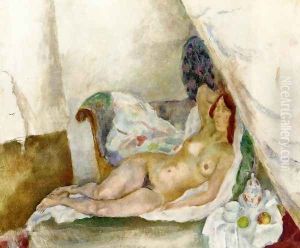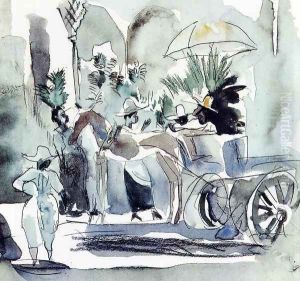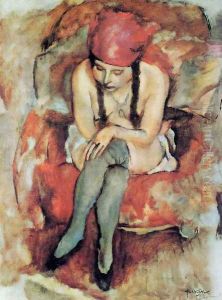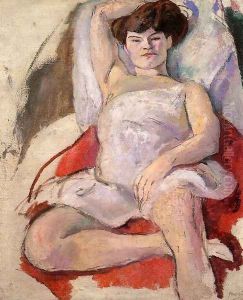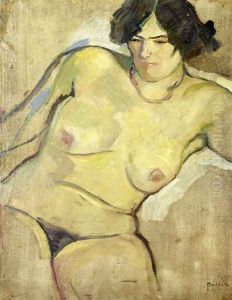Jules Pascin Paintings
Jules Pascin, born Julius Mordecai Pincas on March 31, 1885, in Vidin, Bulgaria, was a Bulgarian-French modernist painter. Raised in a Sephardic Jewish family, Pascin was the eighth of eleven children. His father, an affluent grain merchant, provided him with a cultured upbringing, which exposed Pascin to the arts at an early age.
Pascin’s formal education in art began in Vienna in 1902. He moved to Munich in 1903 to attend the Moritz Heymann Academy, where he studied alongside other future luminaries of the modern art world. His early work was influenced by the German Expressionist movement, and he started to gain recognition for his drawings and caricatures, which were published in satirical magazines.
In 1905, Pascin relocated to Paris, the epicenter of the art world at the time, where he immersed himself in the bohemian lifestyle and became associated with the Modernist circles. He quickly became a prominent figure in the Montmartre and Montparnasse artistic communities. Pascin was known for his drawings, paintings, and prints that captured the essence of Parisian nightlife, portraying scenes of cafes, cabarets, and the demimonde. His work was characterized by a delicate use of line and color, which conveyed the transient moments of modern urban life.
Despite his success, Pascin struggled with depression and alcoholism. His personal life was tumultuous, marked by numerous affairs and a complex relationship with his companion and model, Hermine David, whom he married in 1918. The couple often lived apart, and their relationship was strained by Pascin's infidelities and emotional instability.
During World War I, Pascin lived in the United States, primarily in New York City, where he continued to exhibit his work. He became associated with the circle of artists known as the Section d'Or, which included luminaries such as Marcel Duchamp and Jean Metzinger. However, he returned to Paris in 1920, longing for the artistic environment he had left behind.
Pascin's later years were marked by a decline in his mental health and a waning interest in his work from the art world. Feeling increasingly isolated and despondent, he took his own life on June 2, 1930, on the eve of an important exhibition. Despite his tragic end, Jules Pascin left a lasting impact on the art world, and his work is celebrated for its contribution to modernist art. His legacy continues to be appreciated in museums and collections around the world.
